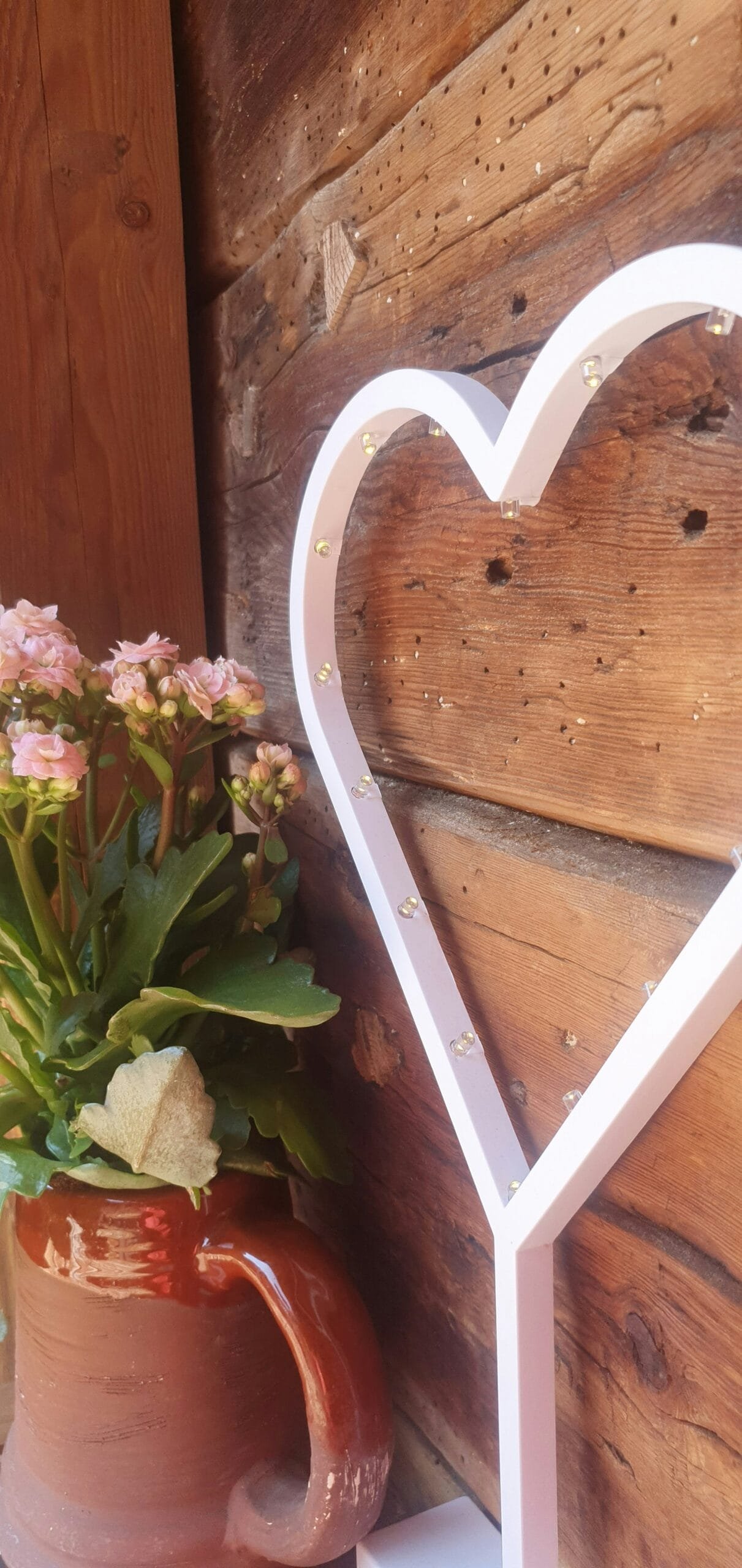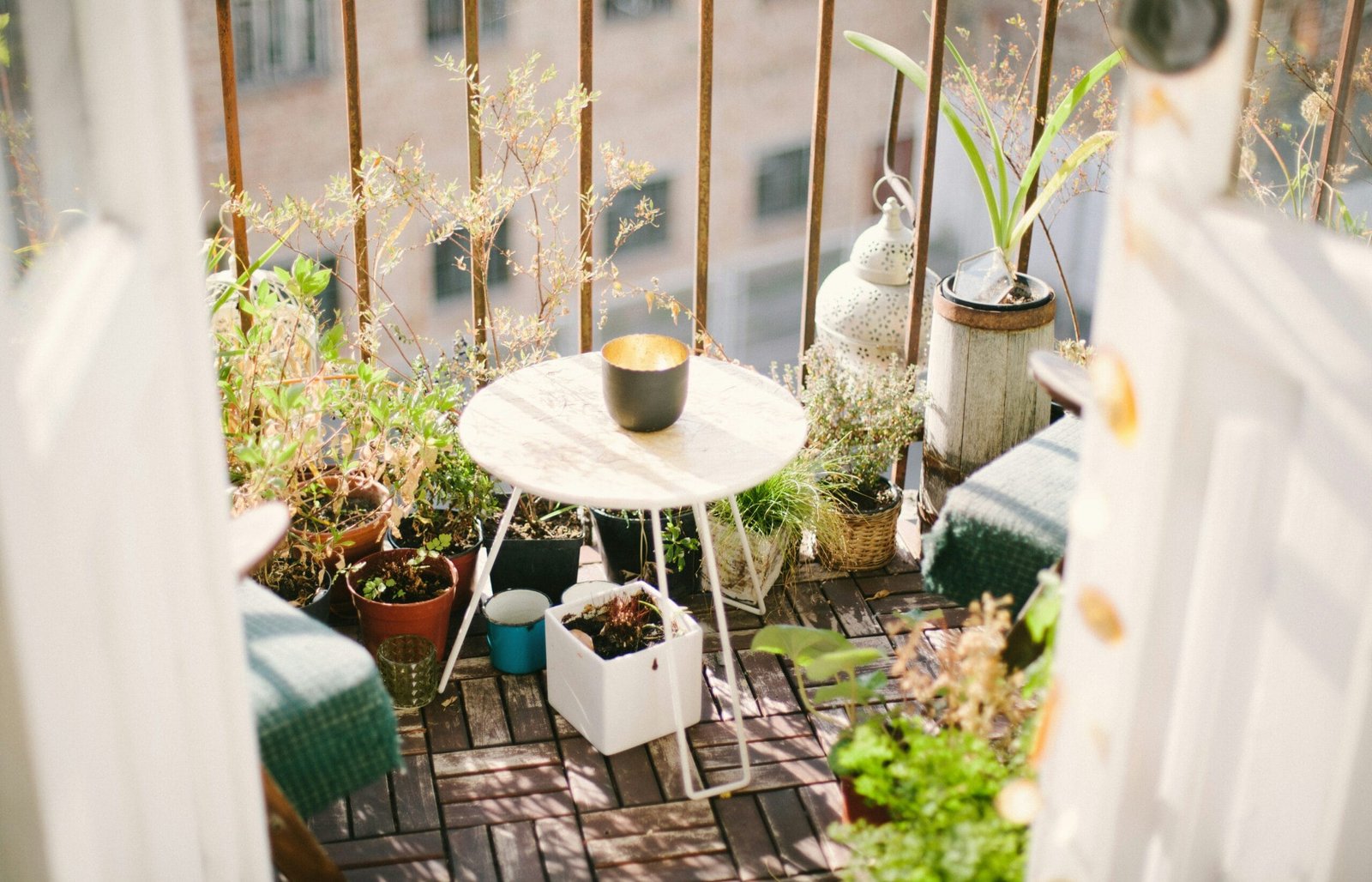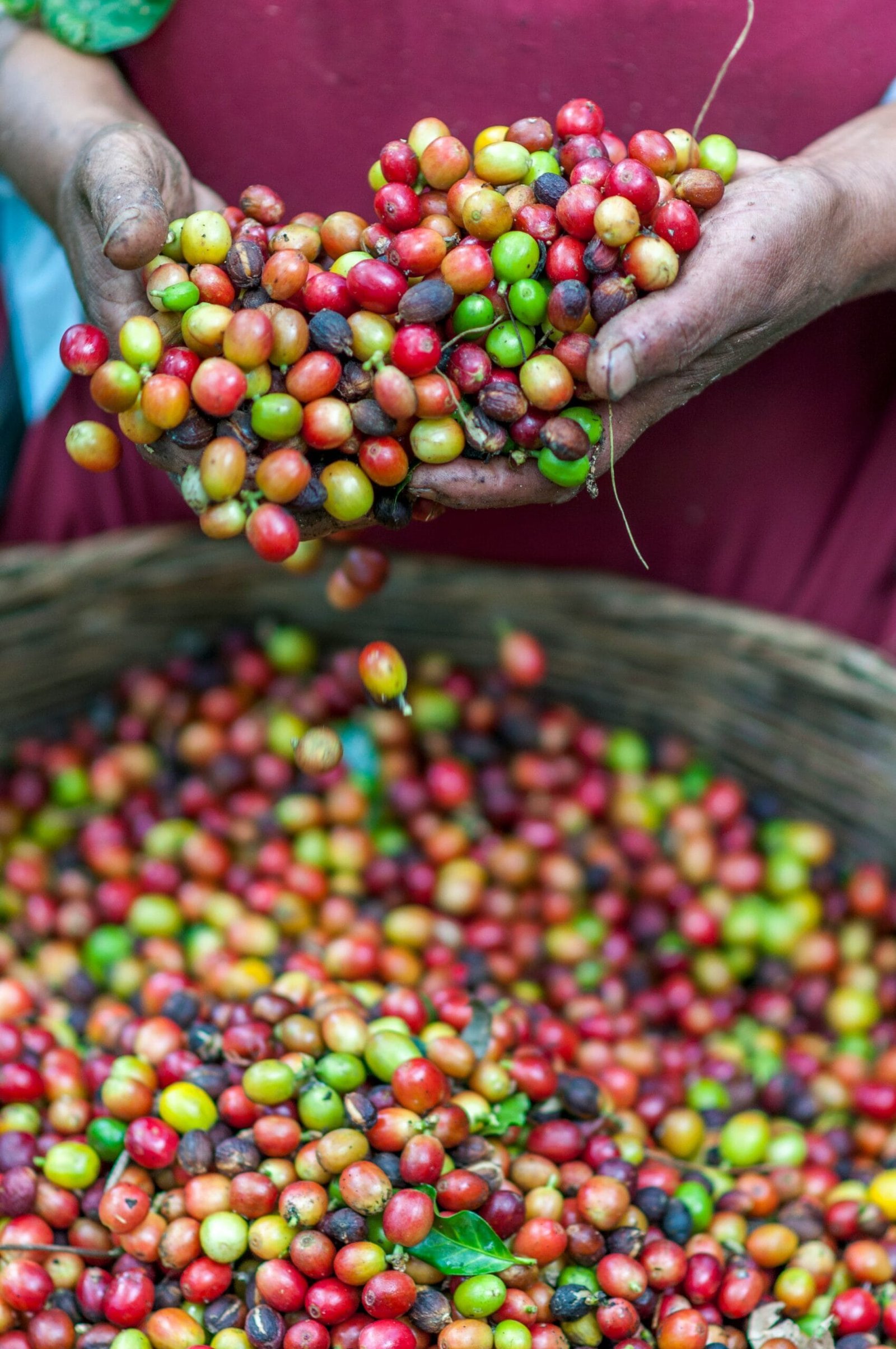Learn how to grow and care for a clementine tree indoors with our comprehensive guide. Discover the best varieties for indoor cultivation, essential supplies, and effective watering and fertilizing tips. Enjoy the aesthetic benefits and the pleasure of harvesting fresh clementines right from your living room. This post covers everything from planting to troubleshooting common issues, ensuring your indoor gardening journey is both rewarding and fruitful.
Introduction: Why Grow a Clementine Tree?
Growing a clementine tree in your living room can be an incredibly rewarding experience that combines aesthetics with practicality. These small, easy-to-grow citrus trees not only add a vibrant splash of color to your indoor environment but also provide the unique pleasure of harvesting fresh fruit right from your own home. Imagine the joy of plucking sun-ripened clementines, bursting with flavor, just steps away from your kitchen. The appeal of having such a delightful tree in your living space is undeniable.

Indoor gardening, particularly with trees like clementines, creates a serene atmosphere, promoting relaxation and well-being. The lush greenery and fragrant blossoms not only enhance the visual appeal of any room but can also improve indoor air quality. With their glossy leaves and sweet aroma, clementine trees can bring a touch of the outdoors into your living space, making them an excellent addition for urban dwellers or anyone seeking to enliven their home.
Please, read our post and do not forget to check our YouTube channel “Grig Stamate”:
https://www.youtube.com/@GrigStamate
You will find there, thousands of designing, furnishing, and decorating ideas for your home interior and outdoors.
Allow me to mention three of them:
Bring Nature Inside with Beautiful Green Plants (video)
New Ways to Decorate with Plants | Home Decorating Trends (video)
Beautiful Living Rooms, #13: Add Indoor Plants to Spruce Up the Space (video)
In addition to the aesthetic benefits, clementine trees offer the joy of gardening within the comfort of your home. Many gardening enthusiasts share stories of the intimate connection they develop with their plants, often describing it as therapeutic. Tending to a clementine tree provides a sense of accomplishment as well as an opportunity for mindfulness and relaxation. Whether it is nurturing the young tree from a seedling to bearing fruit or simply enjoying its beauty as it flourishes, the experience is sure to enrich your daily life.
Furthermore, the nutritional benefits of cultivating your own citrus fruit cannot be overstated. Having access to fresh clementines allows you to enjoy snacks that are not only delicious but also packed with vitamins and minerals. Ultimately, the endeavor of growing a clementine tree indoors can lead to various personal rewards, making it a worthwhile pursuit for anyone interested in indoor gardening.
Choosing the Right Variety for Your Home
Selecting the right variety of clementine tree is crucial for successful indoor growth. Among the most popular varieties suitable for indoor cultivation are the ‘Satsuma’ and ‘Clementine’ itself, which can thrive in pots and adapt to the limited space of a living room. These varieties are appreciated for their sweet, juicy fruits and compact growth habit, making them ideal for indoor environments. When considering a clementine tree for your home, it is vital to assess size, growth patterns, and care requirements.
While browsing a nursery or online source, prioritize trees that are bred specifically for indoor growing conditions. Look for smaller varieties that remain under 3 feet tall, allowing for ease of care and compatibility with your living room’s space. In addition, inspect trees for signs of health, such as vibrant leaves, a robust trunk, and a well-established root system. A healthy tree generally indicates better performance once it is placed in your home. Do not hesitate to inquire with nursery staff regarding the specific care needs of the variety you are considering, as some may require more sunlight or humidity than others.
Another important factor in choosing a clementine tree variety is the growth pattern. Dwarf varieties, like the ‘Improved Meyer Lemon,’ often have a bushy appearance and can adapt well to container gardening. These varieties typically produce fruit throughout the year, providing continuous enjoyment. Ensure to also consider the level of care you are willing to provide, as some trees will need more frequent watering and pruning than others. Overall, carefully selecting the right clementine tree variety will lead to a flourishing addition to your indoor space.
Essential Supplies for Your Clementine Tree
To cultivate a healthy clementine tree indoors, it is imperative to gather several essential supplies. The first item on the list is a suitable pot. A well-draining potting container, ideally around 12 to 16 inches in diameter, is essential to accommodate the root system as it grows. Make sure the pot has drainage holes at the bottom to facilitate excess water flow, preventing root rot.
Next is the soil. A high-quality potting mix that retains moisture while allowing for proper drainage is crucial for the growth of your clementine tree. Look for soil blends labeled as ‘citrus potting soil’ or a mixture that includes peat moss, perlite, and compost. This combination will provide the necessary nutrients and structure for your tree to thrive.
Fertilization is also a key component in the health of your clementine tree. A balanced, slow-release fertilizer formulated specifically for citrus trees is recommended. This will supply the essential nutrients needed throughout the growing season. Many gardeners swear by organic fertilizers, which not only nourish your plant but also contribute positively to environmental health.
Additionally, consider integrating a proper watering system. A simple drip irrigation system can be beneficial for maintaining consistent moisture levels, especially if you are busy or traveling. Conversely, regular hand watering using a moisture meter can help you gauge when your plant needs hydration.
Finally, adequate lighting is necessary for photosynthesis. A south-facing window is ideal, but if natural light is limited, investing in a grow light can ensure your clementine tree receives the energy it needs to flourish. Local gardening centers often provide these items at reasonable prices. Alternatively, online platforms frequently offer discounts on gardening supplies. Happy shopping, and may your search for the right supplies be more enjoyable than hunting for a needle in a haystack!
The Perfect Spot: Lighting and Placement
When it comes to cultivating a healthy clementine tree indoors, the importance of ensuring the right lighting cannot be overstated. Clementine trees thrive in bright, direct sunlight, ideally receiving around 10 to 12 hours of light each day. This essential requirement means finding the perfect placement for your tree within your living room will play a crucial role in its health and growth.
Start by identifying windows that receive consistent sunlight throughout the day. South-facing windows are often the best choice as they tend to provide the most light. Try to avoid placing your clementine tree near shaded areas or where it may be obstructed by furniture. If you notice the tree reaching and stretching towards the light, it may be a sign that it is not receiving enough sunlight. Another common issue is leaf drop, which can occur if clementine trees are deprived of sufficient light. To remedy this, consider rotating the plant periodically to ensure even light exposure on all sides.
In some situations, factors such as the season, large furniture, or even nearby trees can impede the flow of sunlight. Sharing personal anecdotes about the challenges of positioning plants in different rooms can be quite revealing—such as the time a homeowner placed their clementine tree on a bookshelf with minimal natural light, only to find its growth stunted and leaves yellowing. With the right placement strategy, you can avoid such pitfalls and create optimal growing conditions for your indoor clementine tree.
In addition to sunlight, consider the overall environment within your living room. The temperature and humidity levels should also align with the needs of the tree, creating a harmonious setting for growth. By ensuring your clementine tree is positioned correctly, you can set the stage for a thriving indoor citrus experience.
Planting Your Clementine Tree: Step-by-Step Guide
Growing a clementine tree indoors can be a rewarding project, but it starts with the right planting process. Begin by selecting an appropriate pot; opt for one that is at least 12 inches in diameter with drainage holes to prevent waterlogging. Adequate drainage is crucial for the root health of your clementine tree.
Next, it’s time to prepare the soil. A well-draining potting mix is essential, as clementine trees thrive in slightly acidic conditions. You can create a suitable soil mix by combining potting soil, perlite, and peat moss in equal parts. This blend ensures that your clementine tree will have the moisture retention it needs without becoming waterlogged.
Before planting, gently remove your clementine tree from its nursery pot, taking care not to damage the roots. It’s advisable to loosen any tightly bound roots; this will encourage the tree to spread out and absorb nutrients more effectively. If you notice any damaged roots, trim them with sanitized scissors to promote healthy growth.
Now, fill the bottom of your prepared pot with a layer of the soil mix. Create a small mound of soil in the center and place the tree on top, making sure that the root ball sits slightly below the pot’s rim. Carefully backfill the pot with the remaining soil mixture, pressing it down gently to eliminate air pockets without compacting it too much.
Water your clementine tree generously after planting. This initial watering is vital as it helps settle the soil around the roots. A common pitfall is overwatering; ensure that the soil remains moist but never soggy. As your tree grows, observe its watering needs closely, adjusting as necessary.
Finally, place your potted clementine tree in a location with plenty of sunlight, ideally where it will receive at least 8 hours of light per day. Following these steps, you will set a solid foundation for your clementine tree to flourish in your living room.
Watering and Fertilizing: Keeping Your Tree Happy
Proper watering and fertilizing are crucial components of successfully growing a clementine tree indoors. As citrus trees thrive in well-drained soil, it is essential to maintain an appropriate watering schedule. Start by checking the soil moisture with your finger; if the top inch of soil feels dry, it’s time to water. On the other hand, if the soil remains soggy or overly wet, you risk overwatering, which can lead to root rot. Ensuring good drainage can help alleviate this issue, so consider using pots with drainage holes or a well-aerated soil mix.
As a rule of thumb, clementine trees require about 1-2 inches of water weekly, depending on environmental conditions such as humidity and temperature. Adjust this amount accordingly during hotter months when evaporation rates increase. Remember, the clementine tree’s thirst can vary, so always monitor the soil’s moisture level closely. Think of your tree like an overly picky houseguest—you want to keep it comfortable without flooding it out. While we might laugh about a friend drowning their plants, it’s no joke when it comes to our beloved clementines.
Fertilizing is another critical aspect of their care. Citrus trees benefit from a balanced fertilizer that provides essential nutrients, such as nitrogen, phosphorus, and potassium. Look for fertilizers specifically formulated for citrus plants, as they often include micronutrients crucial for their growth. Apply fertilizer every 4-6 weeks during the growing season, and be cautious with the dosage—less is often more. Too much fertilizer can lead to leaf burn and nutrient imbalances, leaving your clementine tree feeling less than its best.
By paying attention to watering and fertilizing practices, you can ensure your clementine tree remains healthy and vibrant, ultimately leading to a delightful indoor garden experience.
Pruning and Caring for Your Clementine Tree
Proper pruning and care are essential for maintaining a flourishing clementine tree in your living room. The pruning process not only shapes the tree but also encourages healthy growth and enhances fruit production. When pruning your clementine tree, focus on removing any dead, damaged, or crossing branches. This will improve airflow and light penetration, both crucial for the tree’s vitality. It is typically best to prune in late winter or early spring, just before the growth season begins. Cutting back approximately one-third of overgrown branches can stimulate new growth and encourage fruiting.
In addition to pruning, adequate care is pivotal for your clementine tree’s health. Regularly check the soil moisture; it should be slightly damp but not soggy. Deep watering, followed by a period of drying out, promotes a robust root system. Fertilizing your clementine tree every month during the growing season with a balanced fertilizer can provide essential nutrients, ensuring it develops well. Remember to adjust the fertilizer concentration during winter months, as growth slows down significantly at this time.
Pest management is also a crucial element of clementine tree care. Watch for common pests such as aphids, spider mites, and scale insects. Signs include discolored leaves, sticky residue, or visible insect presence. Should you detect any infestations, you can use insecticidal soap or neem oil as a natural remedy. Ensuring your tree is in a well-ventilated area can minimize pest problems. Additionally, maintaining good hygiene by routinely cleaning the leaves can prevent diseases and pest setups.
By dedicating time and attention to pruning and the overall care of your clementine tree, you can enjoy healthy growth and hopefully a bountiful harvest right from your living room.
Harvesting Your Clementines: The Sweet Reward
Harvesting clementines is a highly anticipated moment for any indoor gardener. The process of picking your homegrown fruit marks a significant milestone in the growing cycle, bringing a sense of accomplishment and satisfaction that few experiences can match. Generally, clementines are ready for harvest when they exhibit a deep orange color, are firm to the touch, and easily separate from the branch. It is crucial to monitor their ripeness, as clementines do not continue to ripen significantly once picked, making timely harvesting essential.
Many gardeners describe the joy of their first harvest in colorful terms, recounting how the sweet fragrance of ripe clementines filled their living space, creating an atmosphere of excitement and anticipation. The experience of plucking the fruit from your own tree not only provides a tantalizing taste of your labor but also connects you with nature in a very personal way. The satisfaction of biting into a fresh clementine, feeling the juicy sweetness burst in your mouth, is an unparalleled reward for your efforts.
Once harvested, clementines can be enjoyed in various ways. They make a healthy, refreshing snack on their own, but also shine in recipes. For instance, they can be added to salads, used in desserts like clementine sorbet, or even incorporated into savory dishes for a citrusy kick. Their versatility allows for creativity in the kitchen, encouraging you to explore various culinary avenues. With every bite, you savor not just the fruit’s flavor, but also the fulfillment of knowing that you nurtured those clementines from seed to harvest.
Ultimately, the experience of harvesting clementines transcends mere pleasure; it represents the culmination of care, patience, and dedication invested in your indoor gardening endeavor. Cherishing this moment will inspire continued growth and a deep appreciation for the fruits of your labor.
Troubleshooting Common Issues and Solutions
Growing a clementine tree indoors can be a rewarding venture, but it is not without its challenges. Indoor gardeners often encounter various problems, the most common being pests, diseases, and environmental issues. Recognizing these challenges and taking corrective measures is crucial for the health of your clementine tree.
One of the prevalent issues faced by indoor clementine gardeners is pest infestations. Aphids, spider mites, and scale insects can wreak havoc on a tree’s foliage, leading to stunted growth and reduced fruit production. To combat these pests, regular monitoring of your plant is essential. If an infestation is detected, applying insecticidal soap or a mixture of water and mild dish soap can help eliminate these unwanted guests. Additionally, introducing natural predators such as ladybugs can offer a sustainable solution while minimizing chemical use.
Another challenge comes in the form of fungal diseases, frequently exacerbated by overwatering or poor air circulation. Symptoms may include yellowing leaves or white powdery spots. To mitigate the risk of these diseases, ensure that the pot has adequate drainage, and avoid excessive watering. Furthermore, placing a small fan near the tree can improve air circulation, thereby reducing humidity levels that favor fungal growth.
Environmental factors such as insufficient light can also negatively impact the growth of a clementine tree. Ideally, your tree should receive at least 10-12 hours of bright, indirect sunlight each day. If natural light is lacking, consider supplementing with a grow light. Reflecting on my own gardening journey, I once placed a clementine tree near a window but overlooked the fact that the window was heavily tinted. The poor tree was deprived of light for weeks, leading to a tough lesson learned about positioning. Remember, adequate light is vital for citrus trees to thrive.
By staying vigilant and proactively addressing these common issues, you can ensure a flourishing clementine tree in your living room.
Other related posts from our website:
https://howtobuildahouseblog.com/the-best-indoor-plants-that-thrive-in-low-light-conditions/
https://howtobuildahouseblog.com/plants-in-the-bedroom-create-a-better-indoor-environment/
https://howtobuildahouseblog.com/how-to-avoid-pyralid-damage-to-your-plants/
Thank you so much for your attention.
Stay tuned. We will upload many other amazing posts to our website and videos onto our YouTube channel.
Thank you so much.
for your time and attention.
Best Regards
See you to another post,
Bye, Bye



No Responses